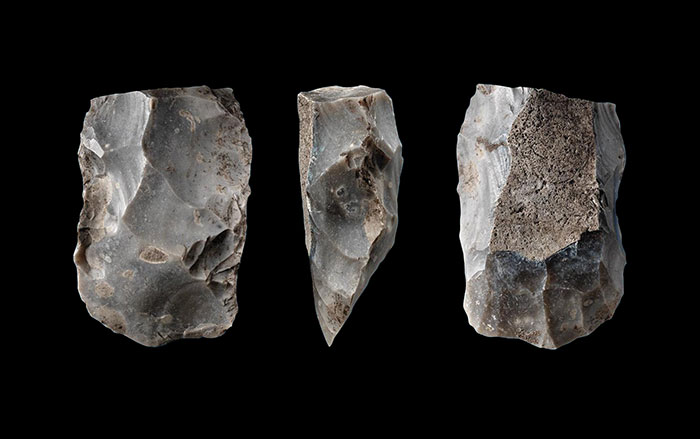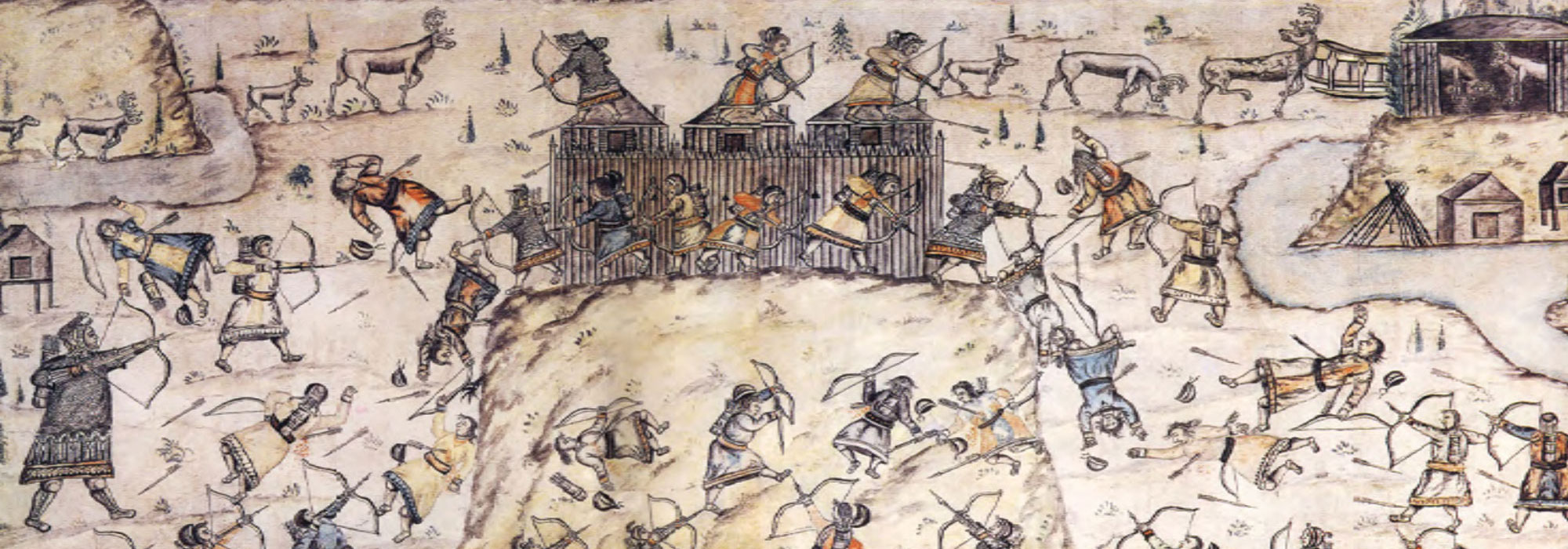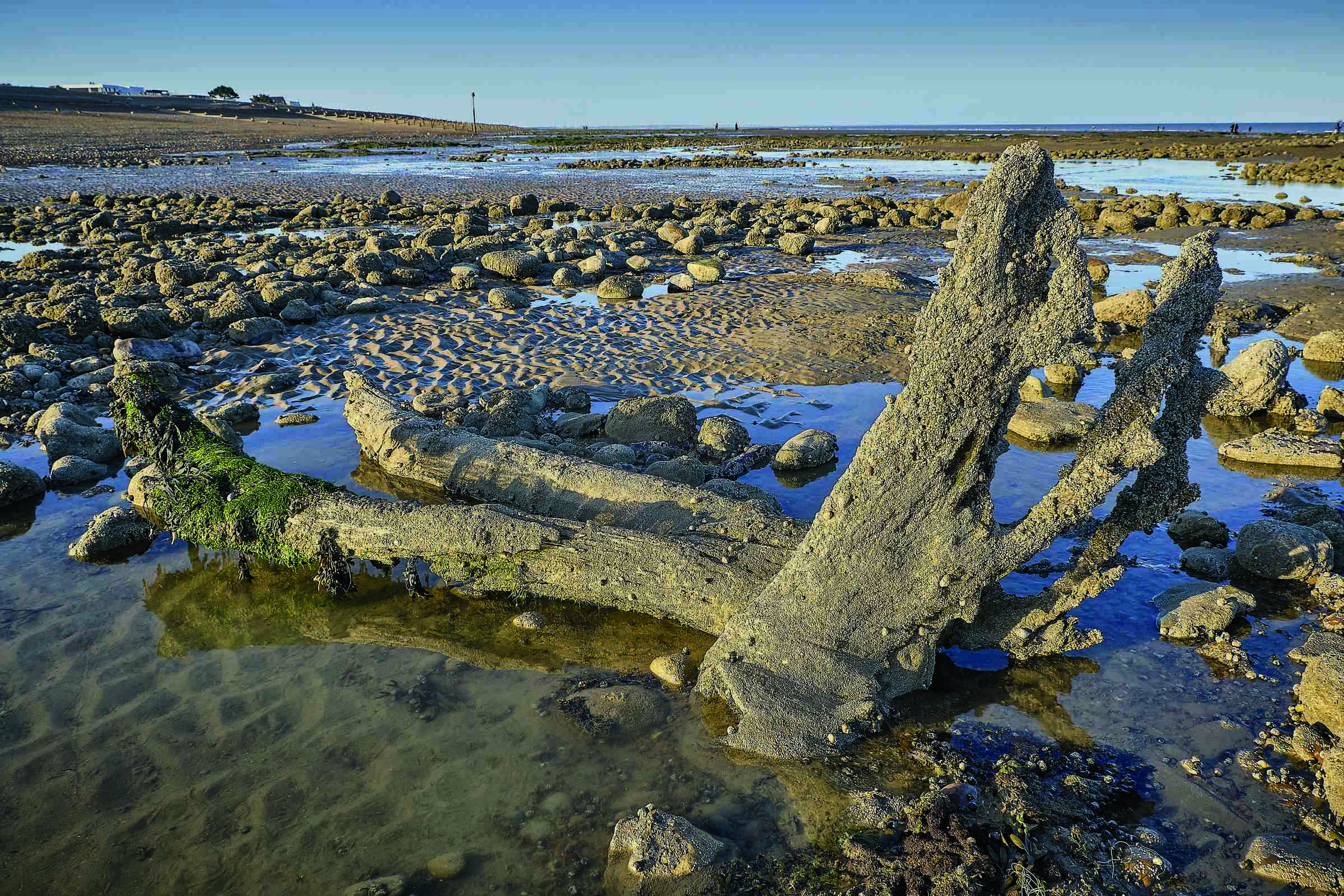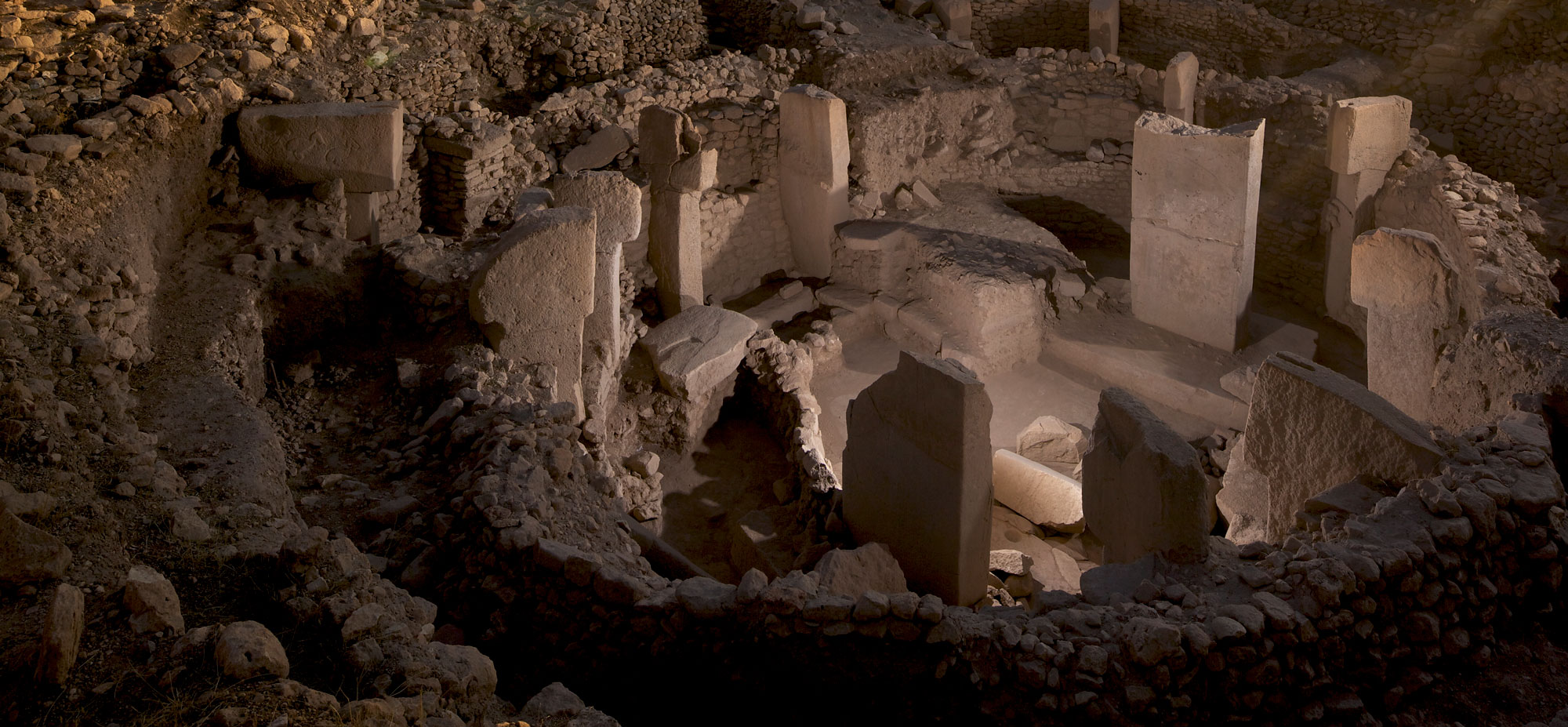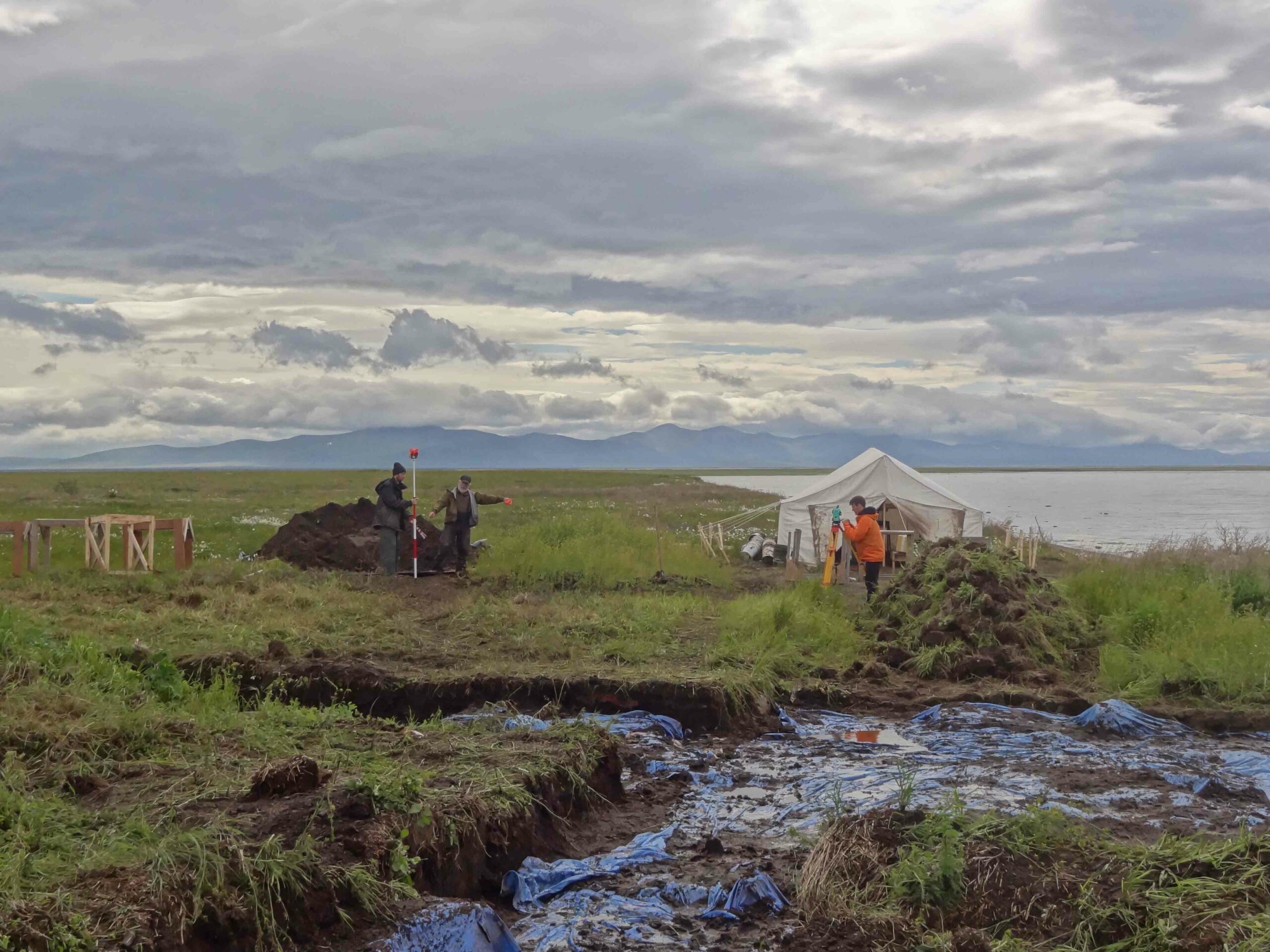
DUBIN, IRELAND—The genomes of two hunter-gatherers whose 13,300 and 9,700-year-old remains were found in caves in the Caucasus have been mapped by an international team of researchers led by scientists from Trinity College Dublin, University College Dublin, and Cambridge University. The study revealed that these two individuals belonged to a previously unknown fourth strand of ancient European ancestry. “This new lineage diverged from western European hunter-gatherers around the time of the first migrations of early modern humans into Europe about 45,000 years ago and from the ancestors of early farmers around the time of the glacial maximum, 25,000 years ago,” Andrea Manica of Cambridge University said in a press release. After the thaw, the Caucasus hunter-gatherers mixed with other groups, probably from the east. “The question of where the Yamnaya come from has been something of a mystery up to now. We can now answer that as we’ve found that their genetic make-up is a mix of Eastern European hunter-gatherers and a population from this pocket of Caucasus hunter-gatherers who weathered much of the last Ice Age in apparent isolation,” she added. To read more about ancient DNA, go to "Our Tangled Ancestry."


